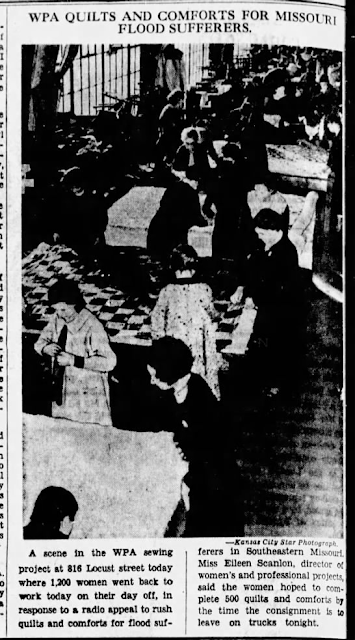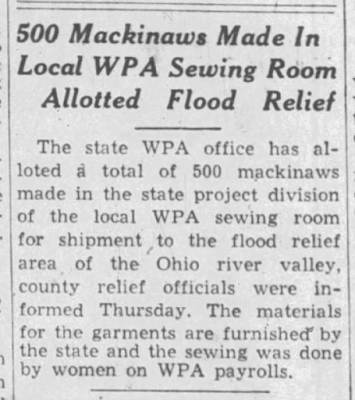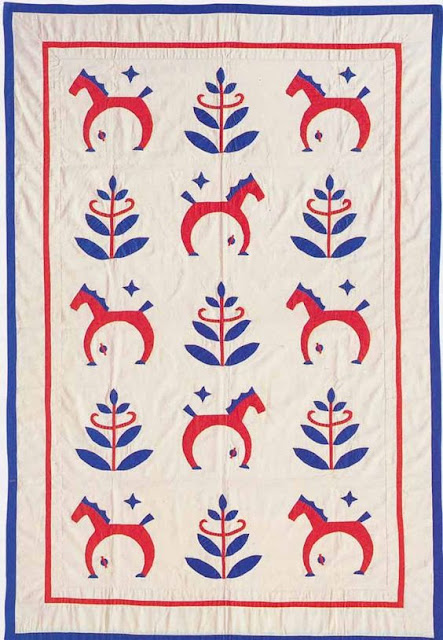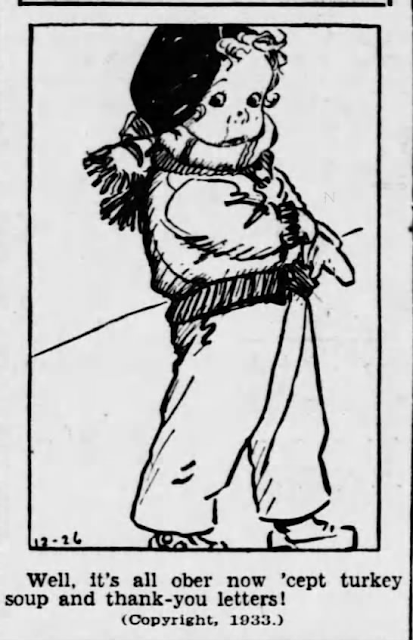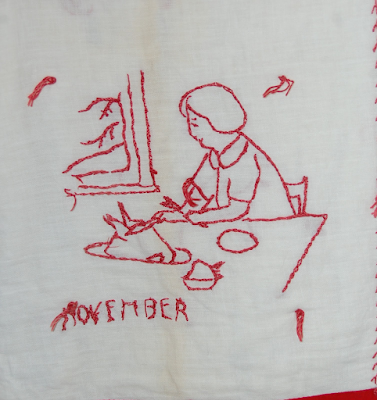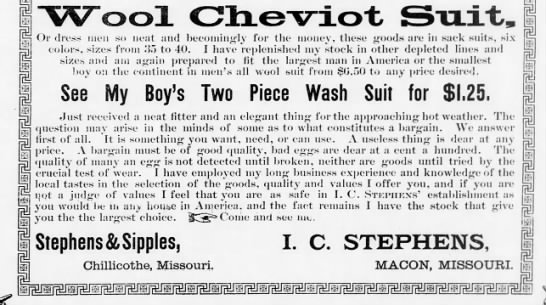Well it's the week after Thanksgiving and all the ads on tv are about buying for Christmas. It's not what I think about this time of year. As I muted the tv ads, I thought about The Great Depression and how fortunate we are these days. I'm not the only one. Tomorrow is "Giving Tuesday" when it is suggested one donate to their favorite charities. I like this thought.
No matter what kind of government assistance is provided to those in need, there are always a number of naysayers who insist that provisions for the needy are a waste of money. This has happened a number of times in our history and you may be surprised to learn that it happened during The Great Depression as well.
Editorial headline from 1939
The above editorial ends with this comment:
"Is it not plain for all candid men to see that America must liquidate the WPA or WPA will liquidate America?"
Clearly the writer's children had food on their table, shelter from the elements, and security from harm. It seems ludicrous to me that after a decade of truly hard times--when even zoo animals were butchered to feed the hungry--that such statements could be made.
Democrats often retaliated by stating the criticism was from the "silk stocking" class. The message resonated with voters and increased citizens voting democratic.
The WPA Sewing Rooms certainly fell prey to New Deal critics. One politician retorted that preying on the women employed in this program was "the despair of the opposition....they cannot shout 'graft.' They can't shout about graft because there is none."
I've written about the WPA Sewing Rooms before but I want to revisit it as well as The Depression this week. When I wrote about the rooms before, I had to stop because of caregiving.
The sewing rooms employed women who were heads of households and had no other income. Depending on the size of the population, the rooms employed a number of women some large, like this one in Massachusetts:
But smaller towns and cities had this program as well. Kerrville, Texas (population about 4,500 during the 1930s) had a sewing room as well. The Kerrville Mountain Sun provided an interesting insight into the rooms. 17 women were employed and used 15 sewing machines. 12 women were sewers, 2 were cutters, and 2 more women "finishers"; there was one supervisor woman who often planned the projects or designed patterns.
The women worked 7 hours a day and 5 days a week. Although "a good many" of the women had sewing experience, a few were taught on the job. The criteria for hiring the women was simple and based on need. Women who were heads of households and had no other income were eligible for consideration.
In December of 1935 when the article about Kerrville was written, the WPA Sewing Room had only recently opened on November 27 and had received it's first order: make 70 quilts for distribution to the needy in the community. The women produced 4 quilts a day "of good quality" as well as school dresses, shirts, and overalls.
Nine months later, it was reported that the sewing room had already produced 3,000 garments. By 1937, it was reported that Sewing Rooms in the state of Texas had produced 2,500,000 garments for the state.
WPA Sewing Room in Fort Worth, Texas
In total, I've read that the WPA Sewing Rooms produced over 38 million garments for men, women, and children. More later on other things produced by these amazing women...and other things.
Have a safe and happy day!






